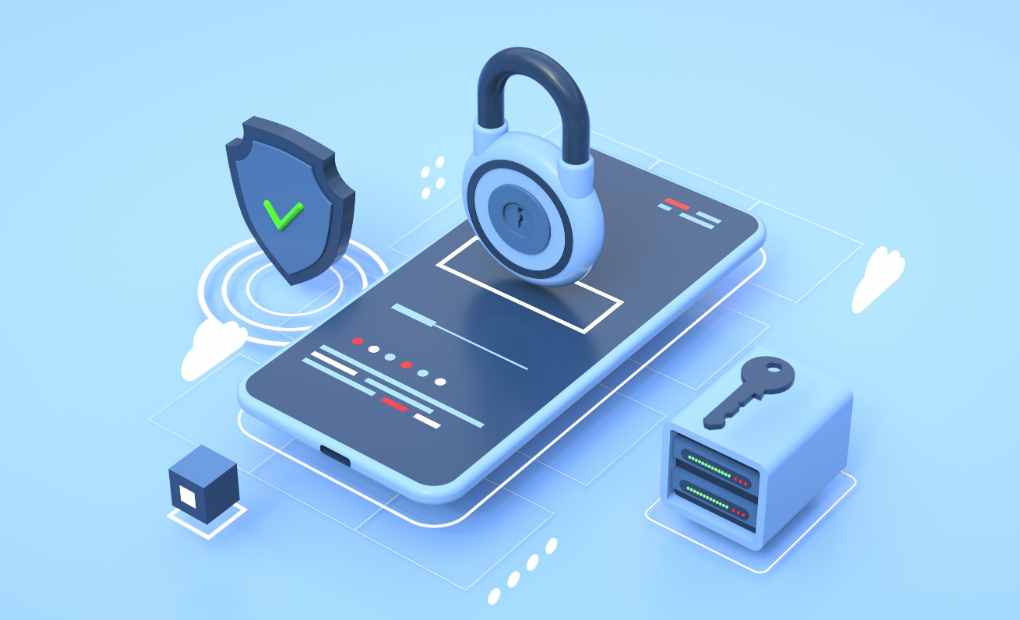How Biometrics Does It Work and Where Is It Used?
Biometrics is used to identify the person without possibly confusing them with others.
In terms of security, biometrics has been a revolution. Although biometrics have existed for centuries, biometric technology is only a few years old. And the truth is that it does not stop advancing. Do you know exactly what it is, what uses it has and how many biometric barriers there are?
What is biometrics?
The word “biometrics” comes from the Greek bios, which means ‘life,’ and meters, ‘measure.’ It is a measurement of living beings or one of their biological processes. Transferred to current technology, still, in the process of development and improvement, it is the set of systems used to unequivocally identify a person based on a series of unrepeatable patterns, whether in the form of physical features or behavior patterns.
In terms of security, it is a technology with extraordinary potential. A biometric sensor converts a person’s features into electrical signals so that said person crosses a barrier (physical or virtual) without fear of being impersonated. Later we will see what kind of traits or behaviors these sensors measure.
Why is biometrics so important?
Today, data is essential for countless purposes, including security. They have also become a juicy loot to traffic, so it is important to put as many barriers as possible to the possibility of being stolen. Passwords, in certain environments, may not be strong enough. But our physical and behavioral patterns cannot be cloned: hence the importance of this technology making the most of its potential.
What is biometrics for?
Biometrics is used to identify the person without possibly confusing them with others. It had already been used in the East for centuries. However, the implementation of this technique did not reach the West until the 19th century. Recognition through fingerprints became popular in criminology from then on, and today we all have our fingerprints printed on our identity documents.
These are the main uses (present and future) of biometric technology:
- Physical control of access to critical places (for having information or products of special protection).
- To access certain information (such as the banking application that we have on our mobile).
- To access secure and shielded sources of resources from the rest of the people.
- To clock in at work.
- As a method of payment.
But biometrics has yet to explore new territory, which will create new uses.
Types of biometric sensors
From here, different types of biometric sensors have been developed. These are some of those that have been implemented in recent years:
Face recognition: This technology is available, for example, in some high-end mobiles, which use it to unlock the terminal. The last step is recognizing the face in 3D since the 2D could be easily violated (by placing a photograph in front of the mobile instead of the real face).
Irises of the eyes Like fingerprints, the iris has a unique pattern that can be decoded using infrared.
Fingerprint recognition: The best known, although ways of violating it have also been detected.
Vascular tree: Vascular biometry consists of extracting a biometric pattern from the fingerprint and the tree of veins on the finger. This pattern is more reliable; it is usually used in maximum security environments.
Signature recognition.
Voice recognition.
Heart rate.

